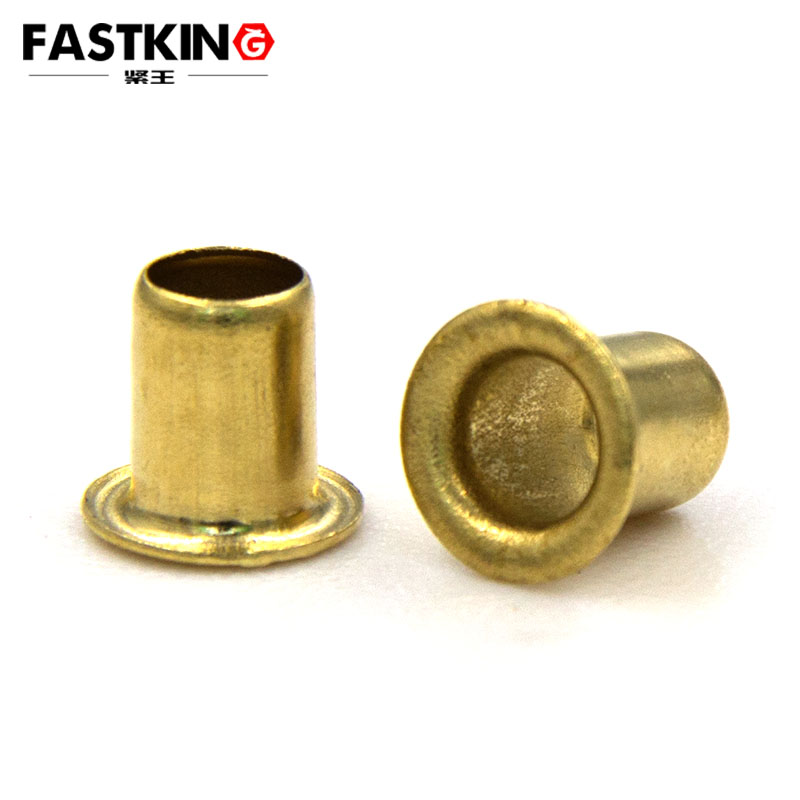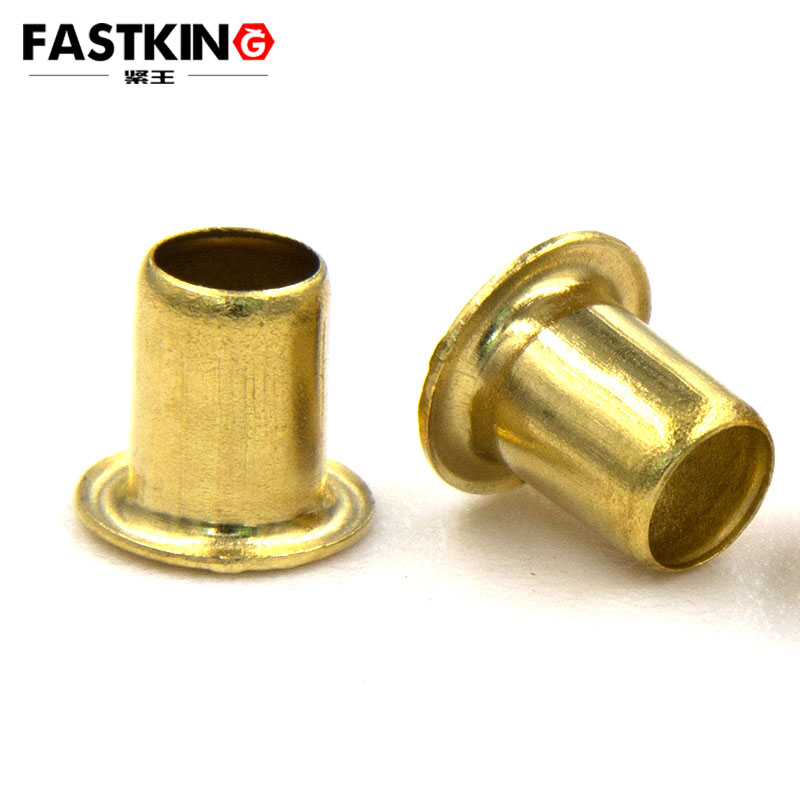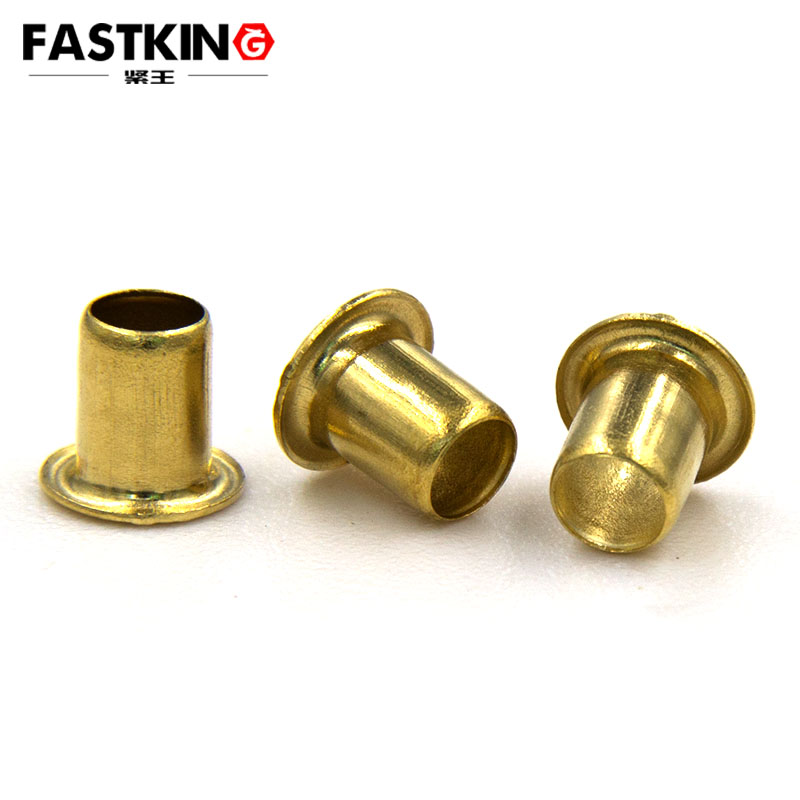


Chicken Eye Rivets: The Tiny Yet Resilient Connectors
In the vast world of tools, there exists a seemingly insignificant yet powerful entity—chicken eye rivets. As the old saying goes, "Details determine success or failure," chicken eye rivets are precisely those humble yet crucial details. Though small, they play an irreplaceable role in connecting, fixing, and supporting, serving as a paradigm of the perfect fusion of industry and art.
I. Positioning and Functions of Chicken Eye Rivets
Chicken eye rivets, also known as air eye rivets or hollow rivets, are fasteners that securely connect two parts together through pressure. They typically consist of three parts: the rivet body, the chicken eye plate, and the screw, featuring a compact and ingenious design. Chicken eye rivets boast excellent properties such as high strength, corrosion resistance, and wear resistance. They also add visual appeal and are indispensable connectors in fields such as clothing, luggage, handbags, footwear and headwear, packaging, and electronic components.
II. Detailed Analysis of Chicken Eye Rivets
(A) Structure and Materials
The structure of chicken eye rivets is simple yet practical. The rivet body is responsible for penetrating the material, while the chicken eye plate provides a stable support surface. The screw tightly locks the two together through rotation. In terms of materials, chicken eye rivets come in a variety of options, ranging from the warm glow of brass to the durability of stainless steel, to the load-bearing capacity of high-strength steel. Each material lends unique properties and charm to the chicken eye rivets.
(B) Application Scenarios
In the clothing industry, chicken eye rivets are often used to reinforce connection points on garments, such as belt buckles on pants and shoulder strap buckles on backpacks, combining beauty with practicality. In the luggage and handbag sector, they become crucial components connecting handles, straps, and箱体, ensuring product durability and stability. Furthermore, in the assembly of electronic components, chicken eye rivets play a vital role by securely connecting circuit boards and other parts, ensuring the normal operation of devices.
III. Usage Methods of Chicken Eye Rivets
(A) Preparation
Before using chicken eye rivets, thorough preparation is essential. Firstly, ensure the completeness of required materials and tools, including chicken eye rivets, bench presses or hand presses, and screwdrivers. Secondly, clean and prepare the connection areas to ensure a flat surface free of oil, dirt, and impurities.
(B) Installation Steps
- Positioning and Piercing: Align the rivet body of the chicken eye rivet with the hole on the material to be connected, ensuring accurate positioning.
- Applying Pressure: Use a bench press or hand press to compress the rivet body and chicken eye plate together. During the process, maintain uniform and stable pressure to avoid damaging the material or deforming the rivet.
- Tightening the Screw: After the rivet body and chicken eye plate are initially connected, use a screwdriver to tighten the screw, ensuring a firmer and more stable connection between the two.
(C) Precautions
When installing chicken eye rivets, note the following points: ensure the chicken eye rivet matches the thickness and strength of the material; maintain a clean and safe operating environment to prevent accidents; and regularly inspect and maintain the connection areas to ensure the tightness and stability of the chicken eye rivets.
IV. The Unique Value of Chicken Eye Rivets
Despite their small size, chicken eye rivets contain immense energy and value. They not only solve connection and fixation problems but also add unique charm and aesthetic appeal to products through refined design and exquisite craftsmanship. In the clothing and luggage fields, chicken eye rivets embody the perfect combination of fashion and practicality; in the electronic component sector, they are crucial components ensuring stable device operation.
V. Looking Ahead
With technological advancements and industrial development, the application fields of chicken eye rivets will become even more extensive. In the future, we anticipate seeing more innovative designs and material applications, enabling chicken eye rivets to bring more convenience and beauty to our lives while connecting and fixing.
Conclusion
Chicken eye rivets, these seemingly insignificant connectors, play a pivotal role in our lives. With their tiny bodies, they carry immense strength and interpret the art of connection with resilient qualities. Let us cherish these tiny yet great entities and use them to create a better world.
